I don’t pretend to know if Donald Trump actually wants to throw his enemies in prison, overthrow our democracy and set up a Trumpocracy that will make America great again, again.
But with Trump’s recent crazy rightwing bluster and political threats, he has been doing a fine job of supplying his enemies with evidence of his inner authoritarian.
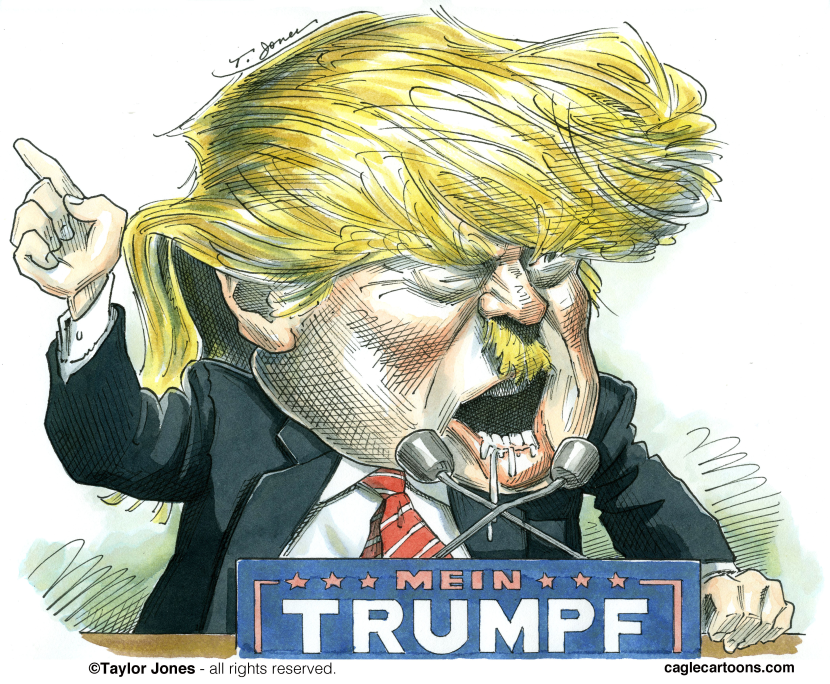
Political cartoonists made up their minds years ago that Trump is a cartoon Hitler – a cartoon fascist. When editorial cartoonists think evil dictator or nasty fascist, they immediately think of Hitler and that signature dumb moustache. Hitler is the easiest fascist to draw.
Trump doesn’t fit the World War II mold of fascist dictators as mass murderers, and cartoonists don’t draw Trump as Hitler’s fellow mass-murderers, Mao or Stalin. They don’t even think of Mussolini who coined the term “fascist” in 1919 to describe his thuggish political party in World War II Italy.
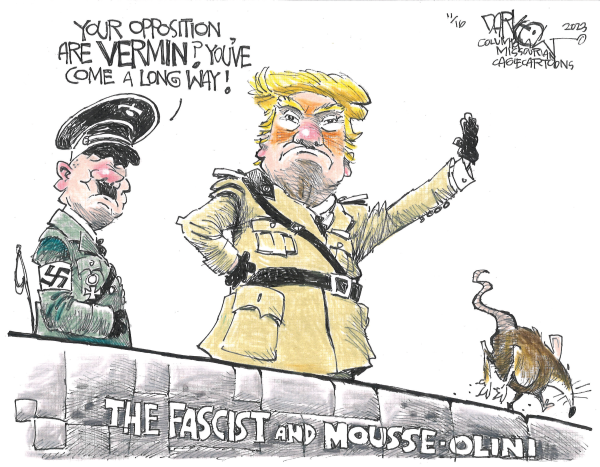
And unless you’ve seen Guillermo del Toro’s wonderful animated remake of “Pinocchio,” in which Mussolini appears as a short, stumpy dictator who orders his henchmen to shoot Pinocchio, you probably don’t realize what a cartoonist’s dream “Il Duce” was.
Trump is a “cartoon Hitler” because everyone knows who Hitler is at first sight. Stalin and Mao need to be labeled by editorial cartoonists because so few newspaper readers under 80 recognize them. And Trump-as-Hitler works well to make a point or disturb the reader; it requires no explanation, and doesn’t even require a good caricature – just a little, square moustache.
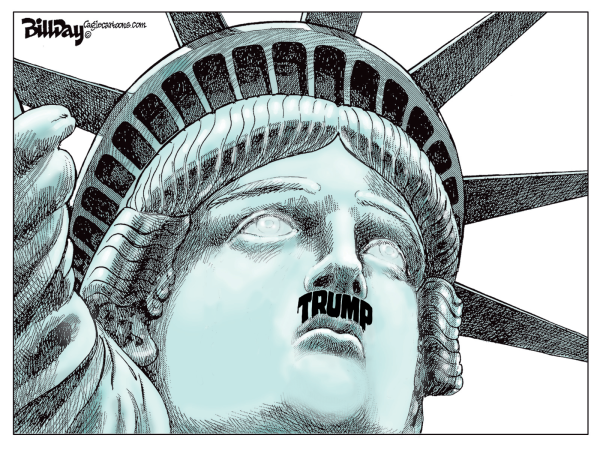
Political cartoonists like disturbing images that make readers think, or react, as much as they like cartoons that make readers laugh.
The Washington Post ran a recent article about Trump’s Veterans Day speech – headlined “Trump calls political enemies ‘vermin,’ echoing dictators Hitler, Mussolini” – it was hardly subtle, quoting several political experts and historians who said Trump’s rhetoric about rooting out his left-liberal opponents reminded them of history’s most notorious fascist despots.
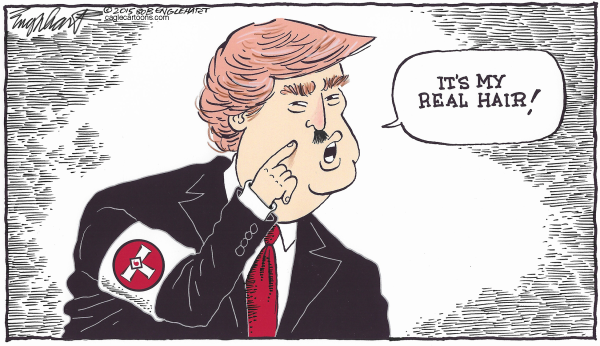
Here are “Ten Reasons Why Trump is a Cartoon Hitler”:
Leader of a personality cult.
Strongman leader.
Theatricality and massive political rallies.
Hyper-nationalist (MAGA).
Calls to ban or deport immigrants.
Fetishization of masculinity. Vengeance. Weaponization of the DOJ.
Lost Golden Age Syndrome.
Promises to purge the disloyal from government (the “Deep State”).
Readiness to use violence in politics.
Demonization of political opponents as “vermin” or worthy of being deported (illegal immigrants) or prosecuted (“Lock her up”), or blocked from entering the country (Muslims) or “poisoning the blood.”
Despite the many real and imagined comparisons, however, you’ll rarely if ever see a Hitler cartoon on the opinion pages of your favorite newspaper.
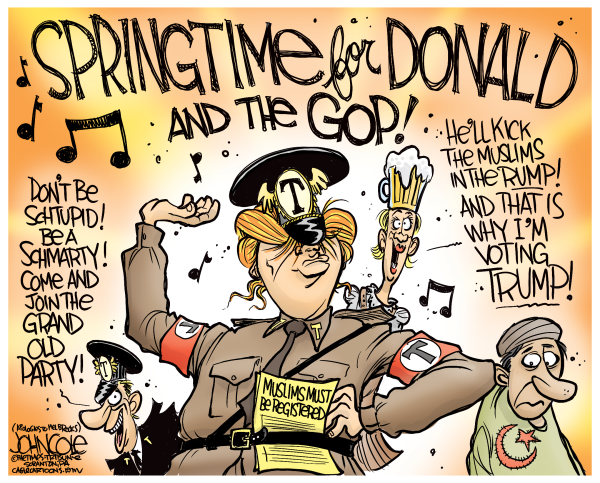
That’s because editors hate Hitler analogies in cartoons as much as cartoonists love to draw them. They generally think Hitler cartoons are too easy to make, too obvious or unfair, or too incendiary – and they’re not always wrong.
It’s generally true that there’s only a small percentage of cartoons that cartoonists draw that editors want to publish.
Newspaper editors, as their industry continues to shrink, have grown much more timid and soft. At the same time the Internet has grown much more unkind and siloed and willing to let cartoonists be the meanies they wanted to be all along. There’s a culture that exists among editorial cartoonists; most are kind of macho and like to draw harsh cartoons.
Like any good editorial cartoonist, I like to hit people over the head with harsh images and make them think or react. But I’m just a political cartoonist and probably not the guy people would come to for answers to important or complex issues – or, for that matter, for answers about whether Trump is really Hitler without the mustache.
–
Daryl Cagle is the publisher of Cagle.com and owner of CagleCartoons.com, a syndicate that distributes editorial cartoons and columns to over 500 subscribing newspapers.
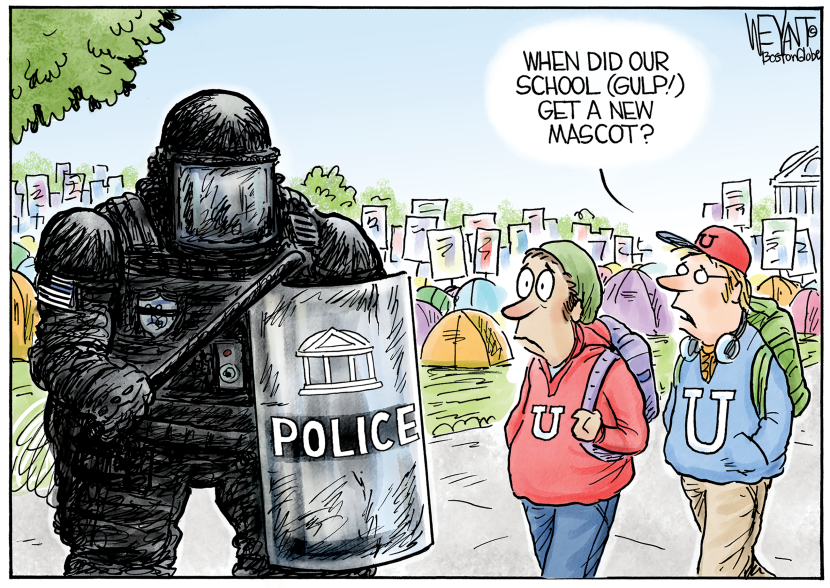

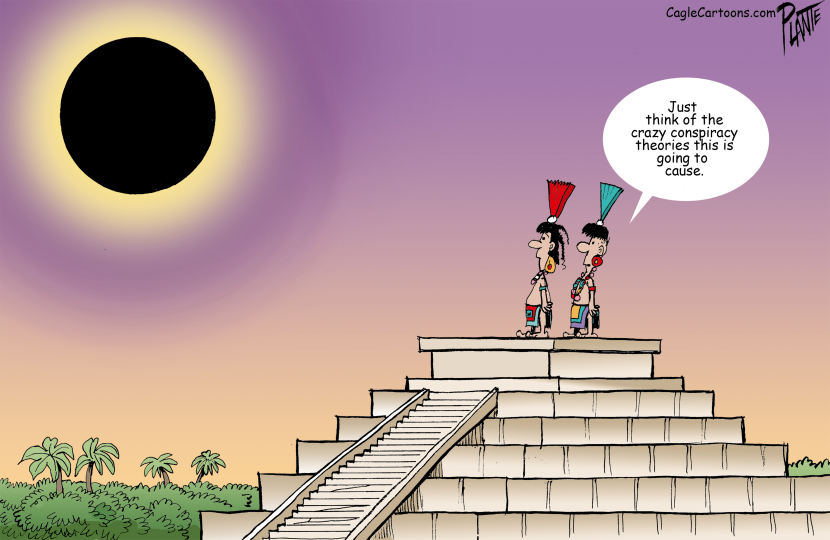
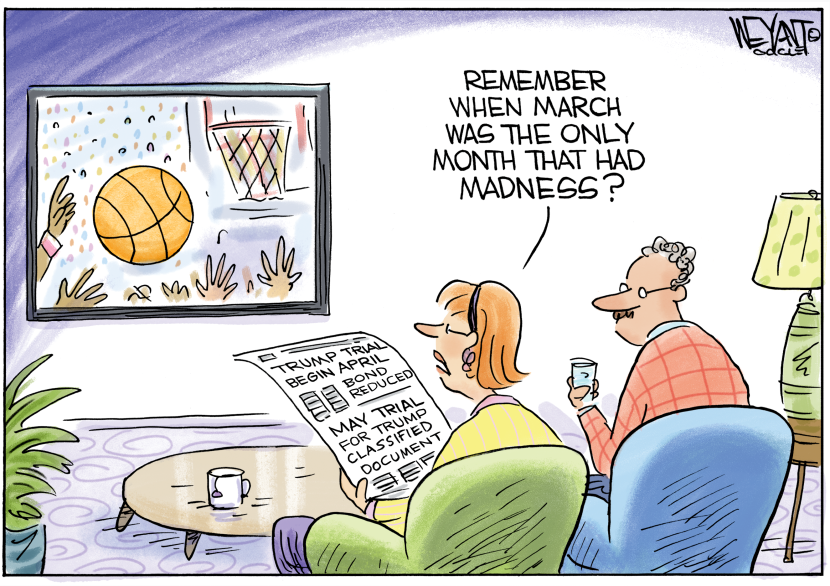

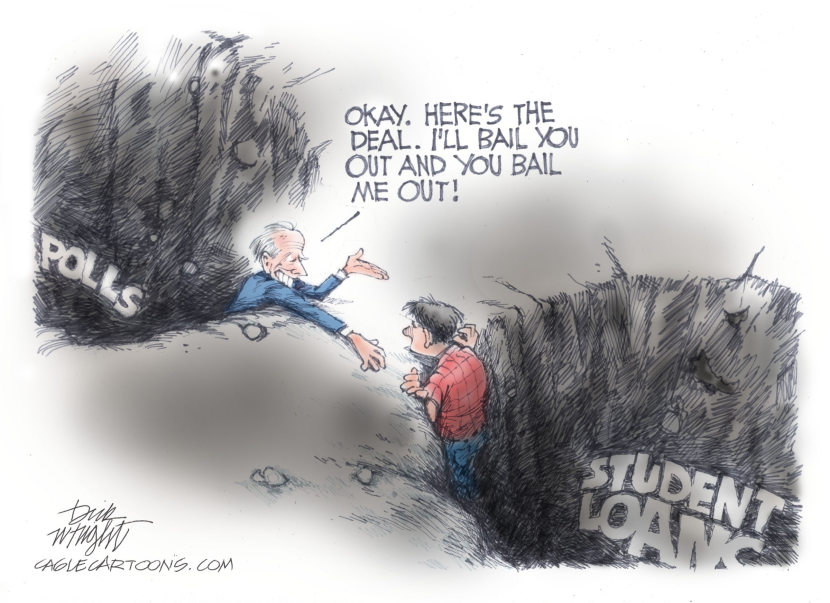
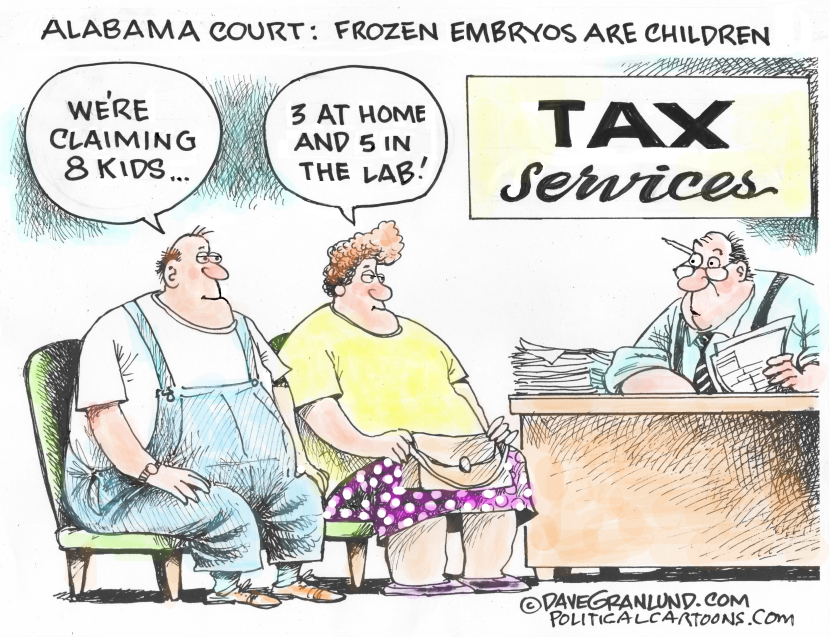
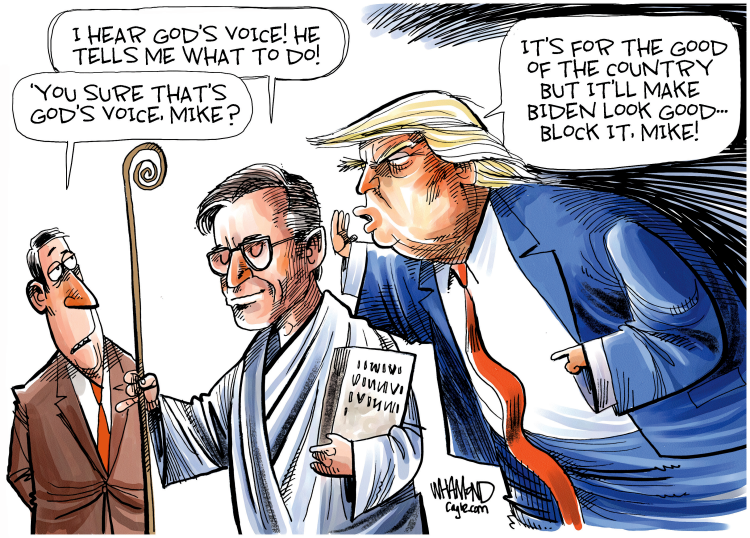
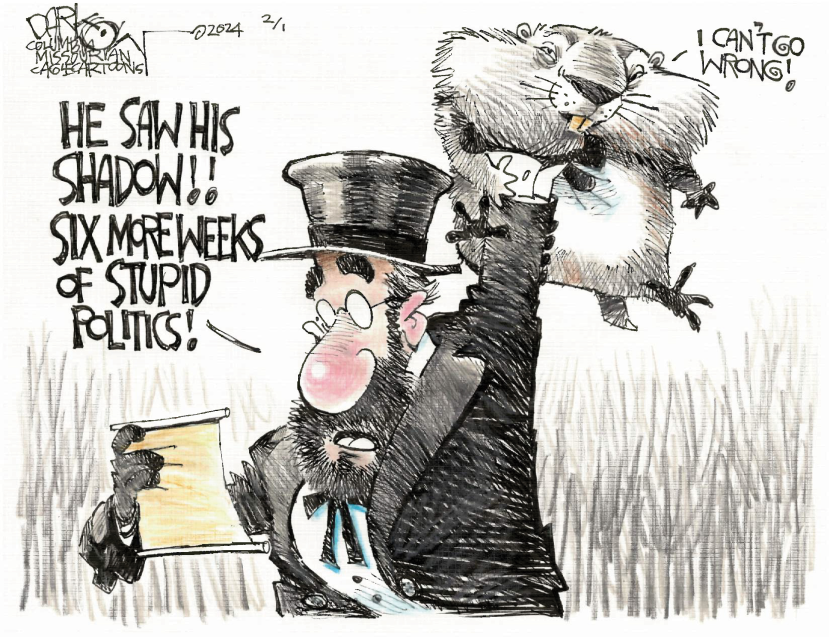
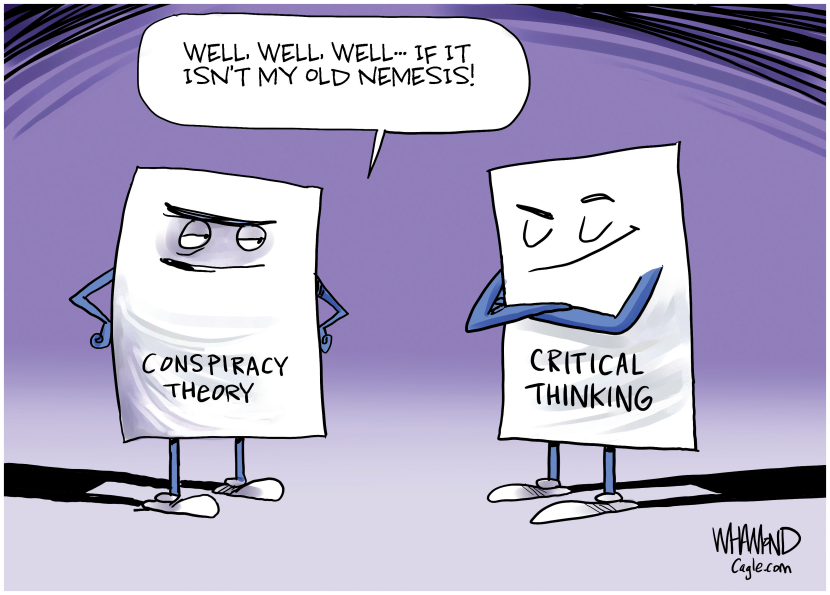
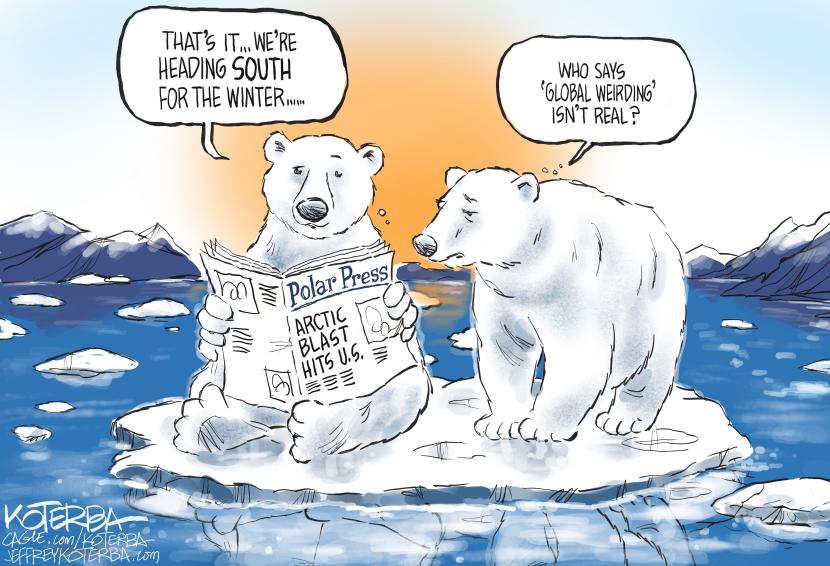

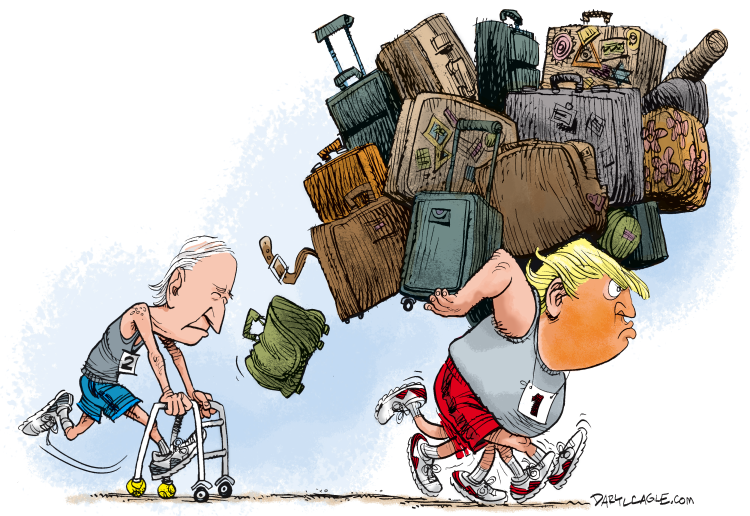


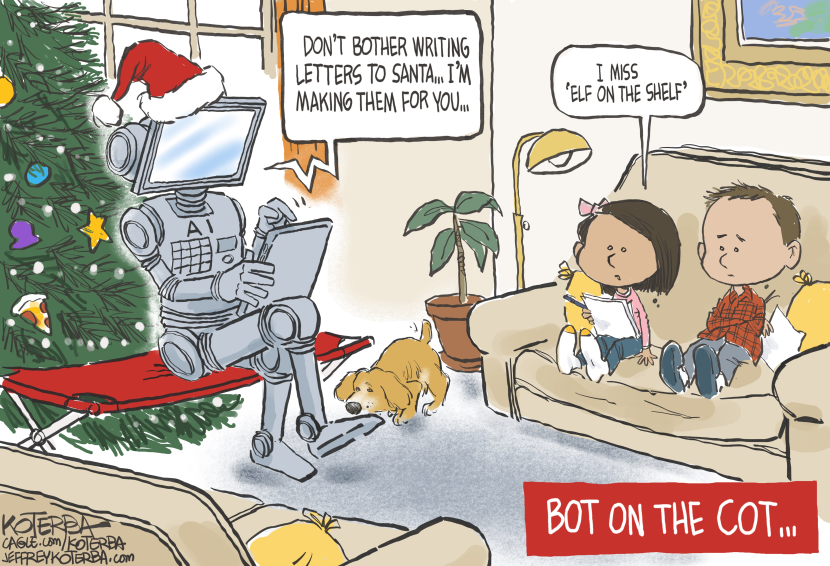











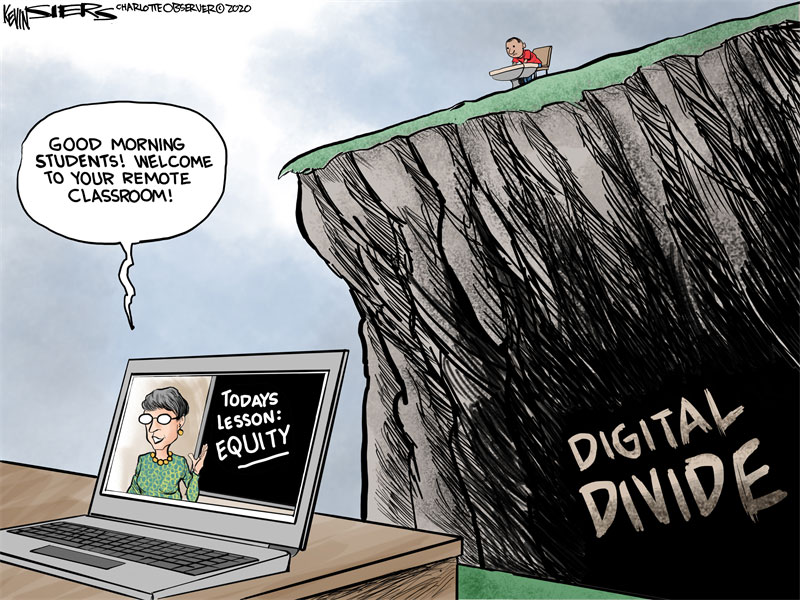

















































 Some cartoonists answered a recent call from Cartooning for Peace to submit more drawings in support of Musa. Go to #freemusakart or
Some cartoonists answered a recent call from Cartooning for Peace to submit more drawings in support of Musa. Go to #freemusakart or 

















